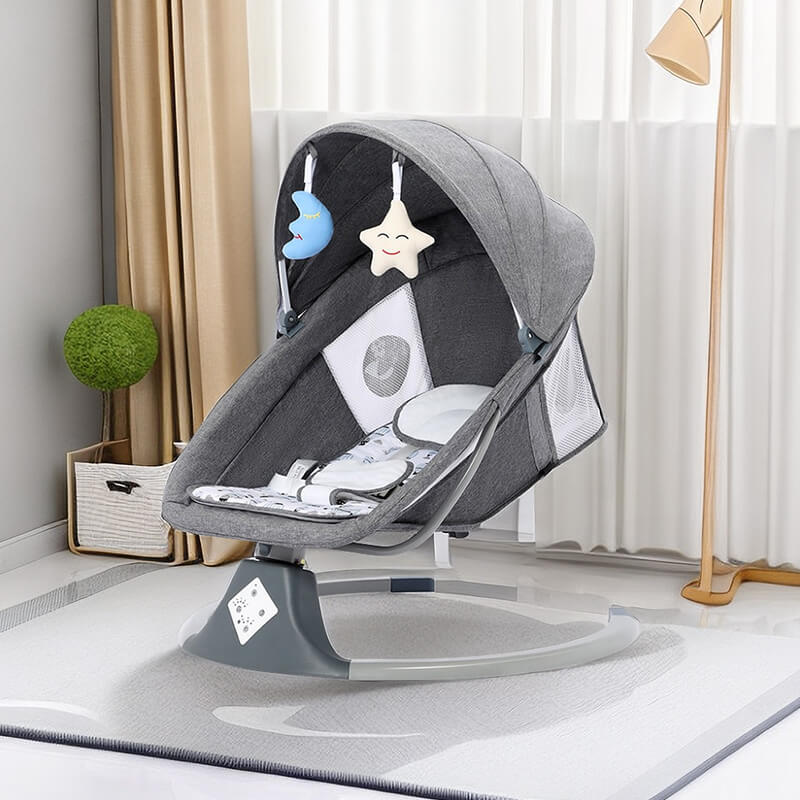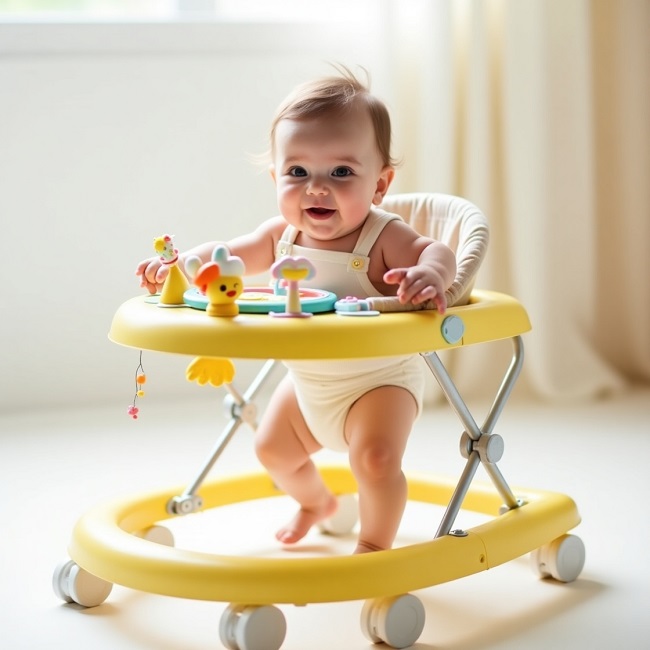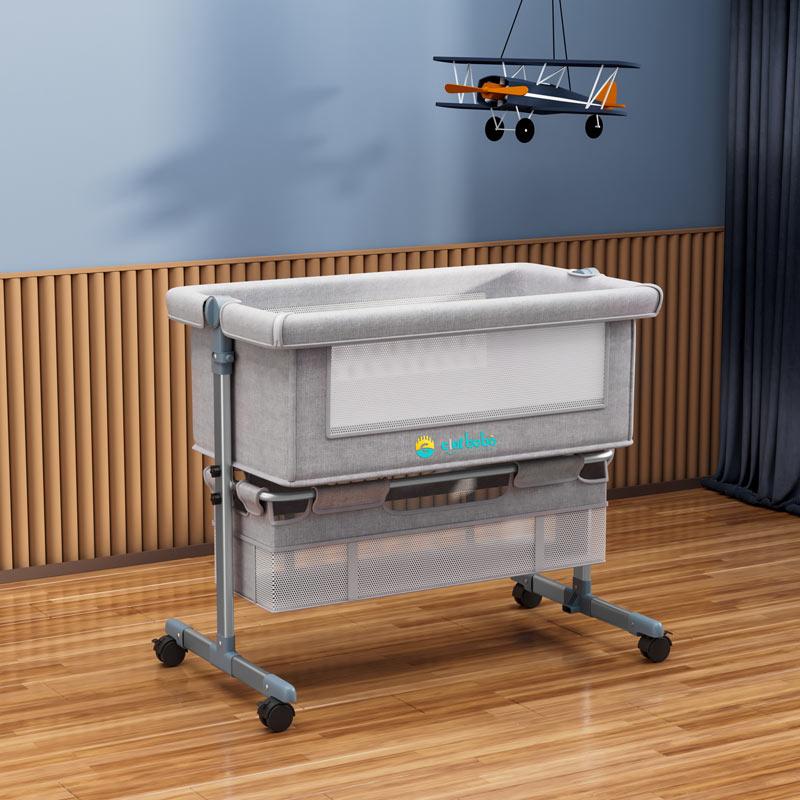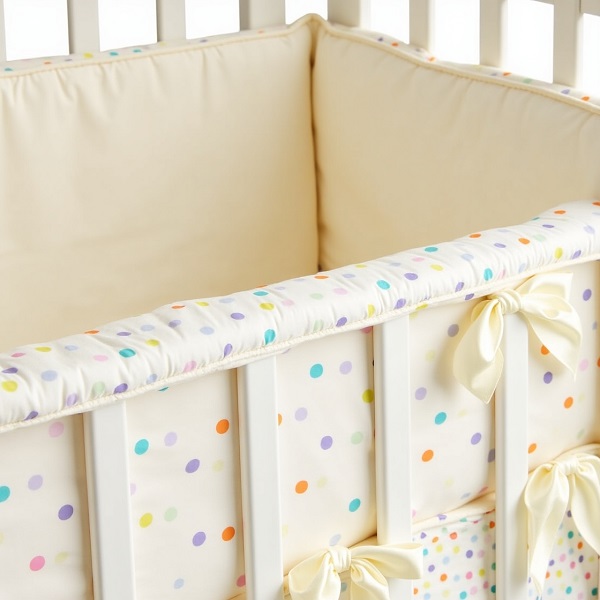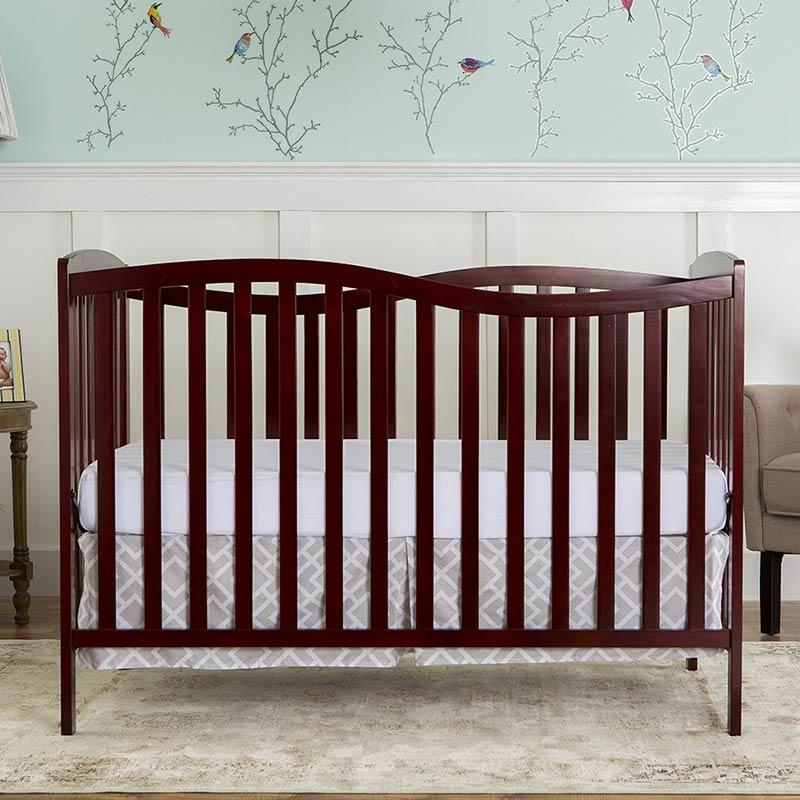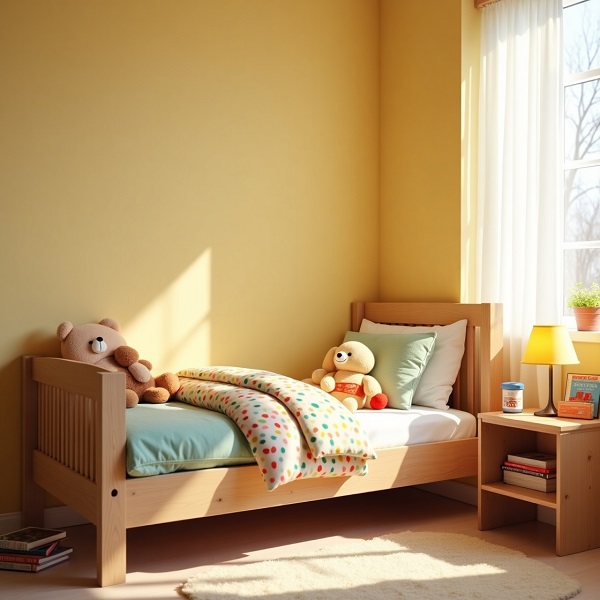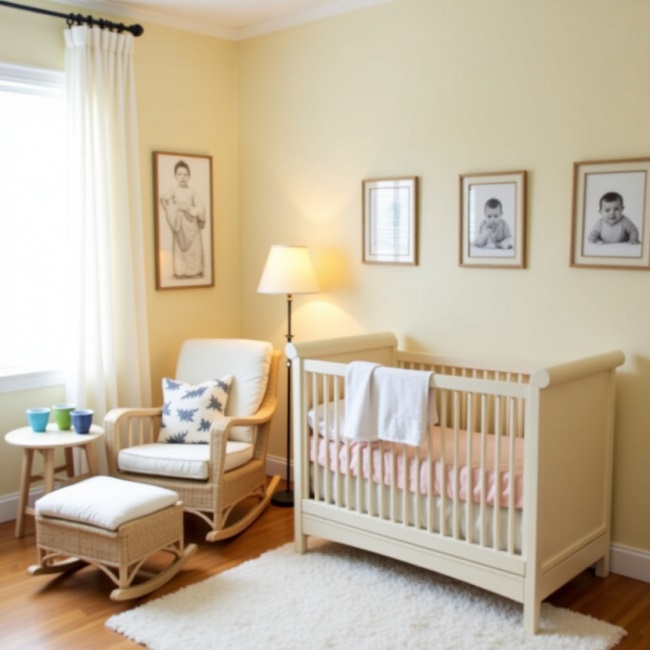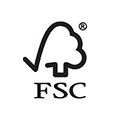Criar um recém-nascido traz consigo sua cota de perguntas e preocupações, principalmente sobre os produtos projetados para auxiliar em seu desenvolvimento e proporcionar conforto. Entre esses produtos, os balanços para bebês se tornaram um item básico em muitas casas. Este guia tem como objetivo se aprofundar nos vários aspectos dos balanços para bebês para garantir que os pais e responsáveis estejam bem informados para o próximo ano, 2025.
Os balanços são seguros para recém-nascidos?
É essencial entender que a segurança de um balanço para bebês depende muito de dois fatores principais: o design do balanço e como ele é usado pelo cuidador.
Fabricantes de espreguiçadeiras para bebês projete esses produtos com a máxima consideração pelo físico delicado do bebê, integrando recursos que garantam estabilidade, conforto e segurança. Você precisa escolher um bouncer projetado especificamente para recém-nascidos e seguir rigorosamente as diretrizes do fabricante. Os bouncers para bebês podem ser seguros para recém-nascidos quando usados corretamente e sob supervisão.
Também é importante notar que, embora os bouncers possam ser uma ferramenta útil para acalmar e entreter um bebê, eles não são projetados para períodos prolongados de sono. A Academia Americana de Pediatria recomenda que, para dormir, os bebês sejam colocados de costas em uma superfície firme e plana em um berço ou berço. Isso é para minimizar o risco da Síndrome da Morte Súbita Infantil (SMSI) e garantir um ambiente seguro para dormir.
Quais são os benefícios de uma cadeirinha de balanço para bebês?
Os balanços para bebês oferecem vários benefícios tanto para os bebês quanto para os pais:
1. Calmante e relaxante: Primeiro, o movimento suave de pular pode ser incrivelmente relaxante para bebês e pode ajudar a acalmar e acalmar um bebê agitado ou com cólicas. O movimento rítmico imita a sensação de ser embalado ou segurado, o que muitos bebês acham reconfortante e até mesmo ajuda em melhores padrões de sono.
2. Tempo sem as mãos para os pais: Uma cadeira de balanço para bebês fornece um lugar seguro e protegido para seu bebê descansar enquanto você cuida de outras tarefas pela casa. Esse tempo de mãos livres pode ser inestimável para os pais cuidarem de tarefas, prepararem refeições ou simplesmente tirarem um momento para relaxar.
3. Promove o desenvolvimento: Alguns balanços para bebês vêm com barras de brinquedo ou móbiles acoplados. Eles não apenas entretêm o bebê, mas também estimulam seus sentidos visuais e auditivos, promovendo o desenvolvimento precoce. O alcance e a pega dos brinquedos podem melhorar as habilidades motoras, enquanto as texturas coloridas e variadas dos brinquedos podem apoiar o desenvolvimento cognitivo.
4. Ajuda a melhorar a digestão: Os Bouncers são projetados para apoiar os bebês em uma posição semi-vertical, o que pode ser benéfico para os pequenos que sofrem de refluxo. Essa posição ajuda a minimizar o desconforto causado pelo refluxo ácido, facilitando a digestão do leite ou fórmula pelo bebê. Alguns pais acham que seus bebês dormem confortavelmente em um Bouncer, especialmente se eles têm refluxo ou preferem dormir em uma posição ligeiramente elevada. No entanto, transfira seu bebê para uma superfície plana e firme para dormir quando ele estiver dormindo e supervisionado.
5. Portabilidade: Muitos baby bouncers são leves e portáteis, o que os torna fáceis de mover de um cômodo para outro ou levar com você em viagens. Essa versatilidade permite que você mantenha seu bebê por perto enquanto ainda tem a flexibilidade para realizar suas atividades diárias.
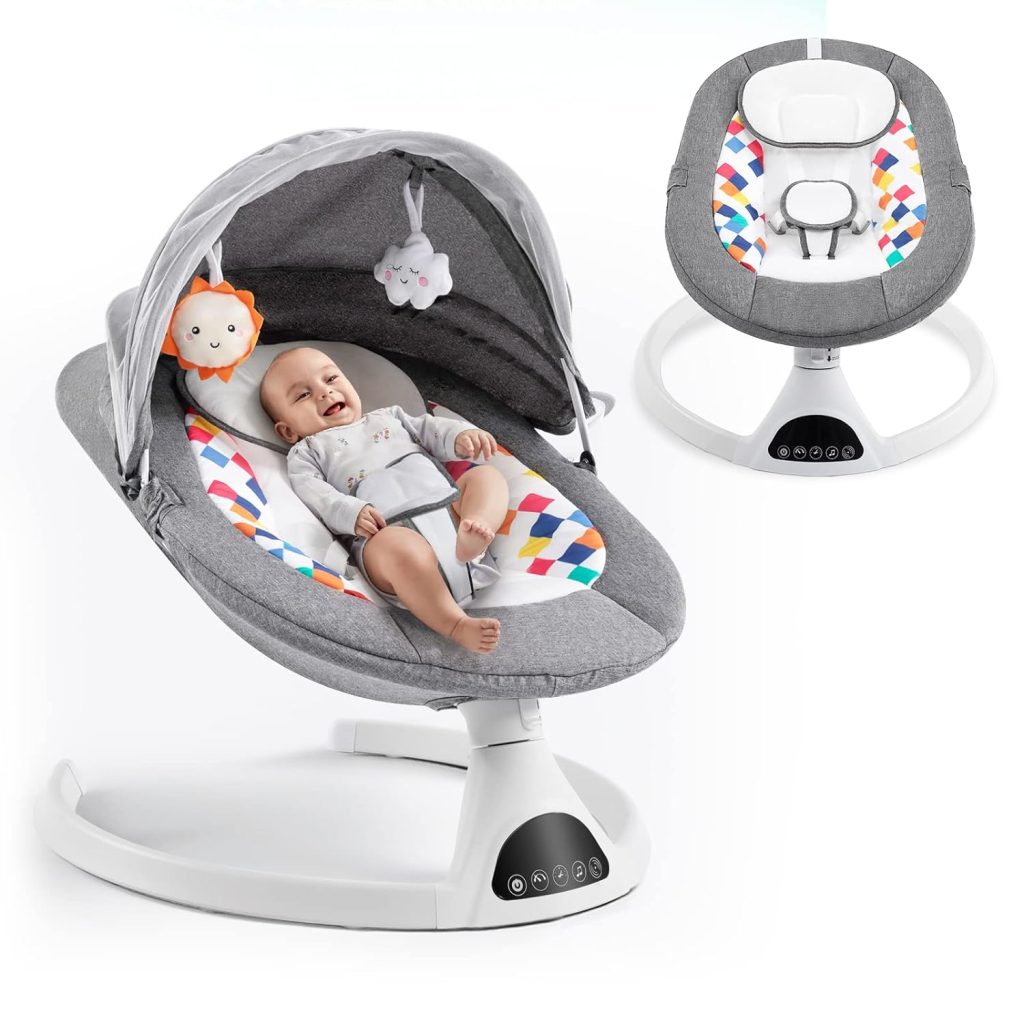
Para qual faixa etária o Bouncer é adequado?
Os balanços para bebês são geralmente adequados para recém-nascidos e podem ser usados até que o bebê atinja um certo limite de peso ou marco de desenvolvimento, como começar a sentar sem ajuda. Geralmente, os balanços para bebês são adequados para bebês desde o nascimento até cerca de seis meses de idade ou até que eles consigam sentar sem ajuda. No entanto, existem diferentes tipos de balanços para bebês projetados para acomodar várias faixas etárias:
1. Balanços para recém-nascidos
Alguns baby bouncers são projetados especificamente para recém-nascidos e fornecem suporte adequado para seus delicados pescoços e cabeças. Esses bouncers geralmente têm posições reclinadas e sistemas de arreios seguros para manter os recém-nascidos seguros e confortáveis.
2. Cadeiras de balanço para bebês
À medida que os bebês crescem e ganham mais controle da cabeça e do pescoço, eles podem fazer a transição para balanços infantis com posições um pouco mais eretas. Esses balanços podem ter configurações de reclinação ajustáveis para acomodar os bebês conforme eles se desenvolvem.
3. Balanços para crianças
Alguns bouncers são projetados para crescer com seu bebê e podem ser usados na fase de criança pequena. Esses bouncers geralmente têm recursos ajustáveis e limites de peso mais altos para acomodar bebês mais velhos e ativos.
É importante reconhecer que, embora os bouncers possam ser utilizados desde o nascimento, eles devem ser usados com mais cautela nas primeiras semanas. Os recém-nascidos têm força limitada no pescoço e, como tal, a posição de reclinação do bouncer deve ser ajustada para acomodar isso, garantindo que a cabeça e o pescoço do bebê estejam devidamente apoiados. À medida que o bebê cresce e ganha mais controle sobre os movimentos do pescoço e da cabeça, a posição do bouncer pode ser ajustada de acordo.
A transição para longe do bouncer deve ser considerada quando o bebê mostrar sinais de ser capaz de sentar-se sozinho ou se tiver atingido o limite máximo de peso especificado pelo fabricante. Conforme os bebês se desenvolvem, eles podem se tornar muito móveis para os limites de um bouncer, e é essencial fazer a transição para opções de brincadeira e assento mais apropriadas. Continuar a usar o bouncer além desse ponto pode representar riscos à segurança, incluindo o potencial de quedas ou de o bebê se sentir constrangido.
Por quanto tempo meu bebê pode ficar em uma cadeirinha de balanço?
Especialistas em pediatria geralmente recomendam que os bebês não fiquem em um assento de balanço por mais de 20 a 30 minutos por vez. Mas a quantidade exata de tempo necessária depende da idade, desenvolvimento e nível de conforto do seu bebê.
Cadeiras de balanço para recém-nascidos, é recomendado limitar o tempo a intervalos curtos, normalmente em torno de 15 a 20 minutos por vez. Recém-nascidos têm pescoços delicados e podem não ter força muscular para sustentar suas cabeças por longos períodos. Além disso, períodos prolongados em um bouncer podem aumentar o risco de desenvolver uma mancha plana na parte de trás da cabeça do bebê.
À medida que os bebês crescem e ganham mais controle da cabeça e do pescoço, eles podem passar períodos um pouco mais longos em um bouncer. Tente limitar as sessões de bouncer para cerca de 30 minutos a uma hora por vez e faça pausas para permitir que seu bebê se mova e se estique.
Quando seu bebê se torna mais ativo e móvel, ele pode ficar menos interessado em passar tempo em um bouncer. É essencial seguir as dicas do seu bebê e não forçá-lo a ficar no bouncer se ele parecer desconfortável ou inquieto. Nesta fase, você pode encorajar brincadeiras e explorações mais ativas em um ambiente seguro.
Passar muito tempo em um balanço pode limitar as oportunidades de desenvolvimento físico do bebê, como o tempo de bruços, que é essencial para desenvolver a força do pescoço, ombros e braços. O tempo de bruços também promove habilidades motoras e ajuda a prevenir o achatamento da parte de trás da cabeça do bebê, conhecido como plagiocefalia posicional.
Também é benéfico para os bebês terem uma variedade de experiências sensoriais ao longo do dia, incluindo interação com cuidadores, o que pode ser limitado se o bebê passa muito tempo na cadeira de balanço.
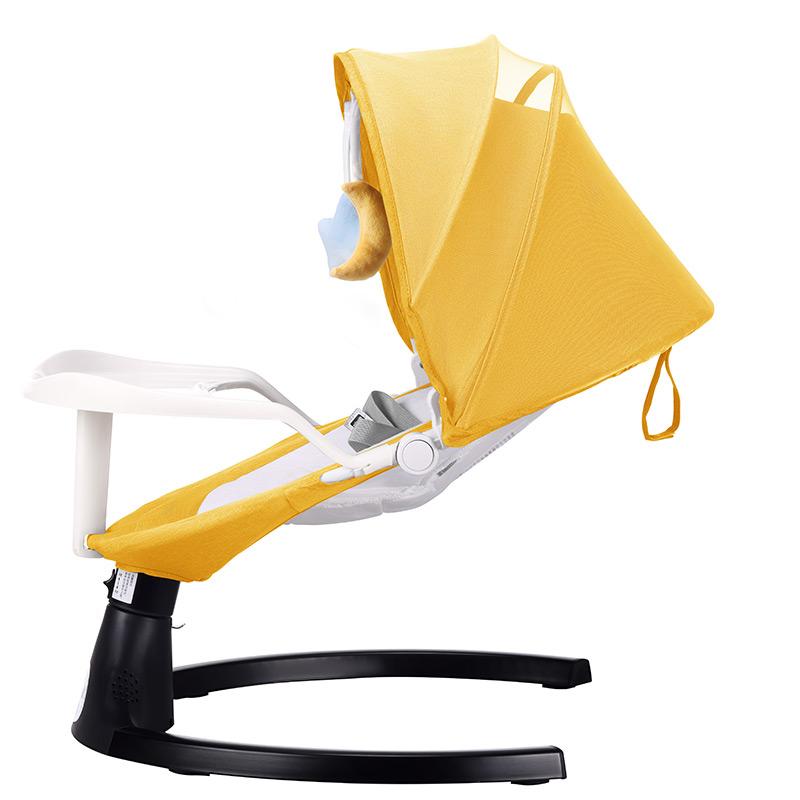
Como usar uma cadeirinha de balanço para bebê?
Usar um baby bouncer com segurança e eficiência requer mais do que colocar o bebê no assento. Primeiro e mais importante, é imperativo ler e entender completamente as instruções do fabricante antes do uso. Isso inclui instruções de montagem, diretrizes de peso e idade e precauções de segurança.
Ao colocar o bebê no bouncer, certifique-se de que o cinto esteja firme e seguro para evitar que o bebê escorregue. As costas do bebê devem ser apoiadas pelo assento do bouncer, com os pés capazes de tocar a base ou chutar livremente sem restrição. Esta posição permite que o bebê se beneficie do movimento de pular sem risco de ferimentos.
Também é aconselhável usar o bouncer no chão, em vez de superfícies elevadas como mesas ou balcões, mesmo que o bebê esteja firmemente preso. Isso minimiza o risco de quedas causadas pelo tombamento do bouncer ou pelos movimentos do bebê mudando a posição do bouncer. Além disso, manter o bouncer longe de perigos como fios, aquecedores ou objetos pontiagudos é essencial para garantir que o ambiente do bebê seja o mais seguro possível.
Como limpar uma cadeirinha de balanço para bebê?
Seguindo esses passos, você pode limpar efetivamente seu baby bouncer para mantê-lo fresco, higiênico e seguro para seu pequeno usar. A limpeza regular ajudará a prolongar a vida útil do bouncer e fornecerá um ambiente limpo e confortável para seu bebê.
1. Verifique se há peças removíveis: Muitos baby bouncers têm capas de tecido removíveis, almofadas de assento ou arreios que podem ser facilmente limpos. Remova essas peças de acordo com as instruções do fabricante.
2. Peças laváveis à máquina: Se as capas de tecido, as almofadas do assento ou as tiras do arnês forem laváveis à máquina, use um ciclo suave e sabão neutro e evite usar alvejante ou produtos químicos agressivos.
3. Peças laváveis à mão: Se alguma parte do baby bouncer precisar ser lavada à mão, encha uma pia ou bacia com água morna e detergente suave. Esfregue suavemente as capas de tecido ou outras partes com uma escova macia ou pano, depois enxágue bem com água limpa.
4. Limpe a estrutura: Use um pano úmido ou esponja para limpar a estrutura e quaisquer partes plásticas ou metálicas não removíveis do baby bouncer. Preste atenção especial às áreas onde sujeira, migalhas ou derramamentos podem se acumular.
5. Higienize se necessário: Se seu bebê estiver doente ou o bouncer estiver muito sujo, você pode querer higienizá-lo. Usando métodos como limpeza a vapor ou limpando com uma solução de água e desinfetante suave.
6. Seque completamente ao ar livre: Deixe todas as partes do balanço para bebês secarem completamente ao ar antes de remontá-lo ou usá-lo novamente. Pendure capas de tecido ou almofadas de assento para secar ou coloque-as sobre uma superfície limpa. Evite remontar o balanço enquanto alguma parte ainda estiver úmida.
Como escolher uma cadeira de balanço para bebê?
A primeira consideração deve ser os recursos de segurança, como uma estrutura resistente, um sistema de arreios seguro e conformidade com os padrões de segurança. Verificar recalls de produtos e ler avaliações também pode fornecer insights sobre a segurança e confiabilidade de um bouncer.
O conforto é outro aspecto crítico, com recursos como posições de reclinação ajustáveis, tecido macio e design ergonômico contribuindo para o conforto e suporte geral do bebê. Além disso, a facilidade de limpeza, com capas removíveis e laváveis, pode tornar a manutenção mais simples para os cuidadores.
Pais e responsáveis também podem considerar os recursos adicionais do balanço, como configurações de vibração, música e barras de brinquedos, que podem aumentar a diversão e os benefícios do desenvolvimento do bebê.
Portabilidade e armazenamento também são considerações significativas, especialmente para famílias com espaço limitado ou aquelas que viajam com frequência. Um design leve, compacto e dobrável pode tornar o bouncer mais conveniente para usar e armazenar quando não estiver em uso.
Dicas para usar o Baby Bouncer com segurança
1. Supervisione seu bebê: Nunca deixe seu bebê sozinho enquanto estiver no bouncer, mesmo que por um curto período. Garanta a segurança e o conforto do seu bebê mantendo uma vigilância constante sobre ele o tempo todo.
2. Use o cinto de segurança: Sempre use o cinto de segurança fornecido para prender seu bebê no bouncer, mesmo para bebês muito pequenos. Certifique-se de que o cinto esteja ajustado corretamente e firme, mas não muito apertado.
3. Coloque em uma superfície estável: Sempre coloque o bouncer em uma superfície plana e estável, longe de perigos como escadas, fios ou bordas afiadas. Evite colocar o bouncer em superfícies elevadas, como mesas ou balcões.
4. Evite o uso excessivo: Limite a quantidade de tempo que seu bebê passa no bouncer e ofereça uma variedade de posições de brincadeira e descanso ao longo do dia. Evite usar o bouncer como um substituto para o tempo de barriga para baixo supervisionado ou outras atividades de desenvolvimento.
5. Transição com cuidado: À medida que seu bebê cresce e se desenvolve, esteja preparado para fazer a transição do bouncer para outras opções de assento ou brincadeira. Fique atento aos sinais de que seu bebê está se tornando muito móvel ou inquieto para os limites do bouncer.
Conclusão
Os balanços para bebês podem ser uma adição valiosa ao arsenal de cuidados com o bebê de uma família, oferecendo benefícios tanto para o bebê quanto para os cuidadores. No entanto, seu uso seguro e eficaz requer consideração cuidadosa das necessidades do bebê, adesão às diretrizes de segurança e manutenção regular. Ao escolher o balanço certo e usá-lo com responsabilidade, os pais e responsáveis podem fornecer aos seus bebês um ambiente seguro, confortável e envolvente que apoie seu desenvolvimento e bem-estar.
Munidos de informações abrangentes e práticas conscientes, os cuidadores podem navegar por essas escolhas com confiança, garantindo que seus pequenos recebam o melhor cuidado possível à medida que crescem e prosperam em 2025 e além.
Artigos relacionados recomendados:

